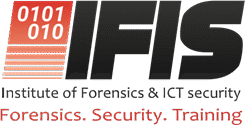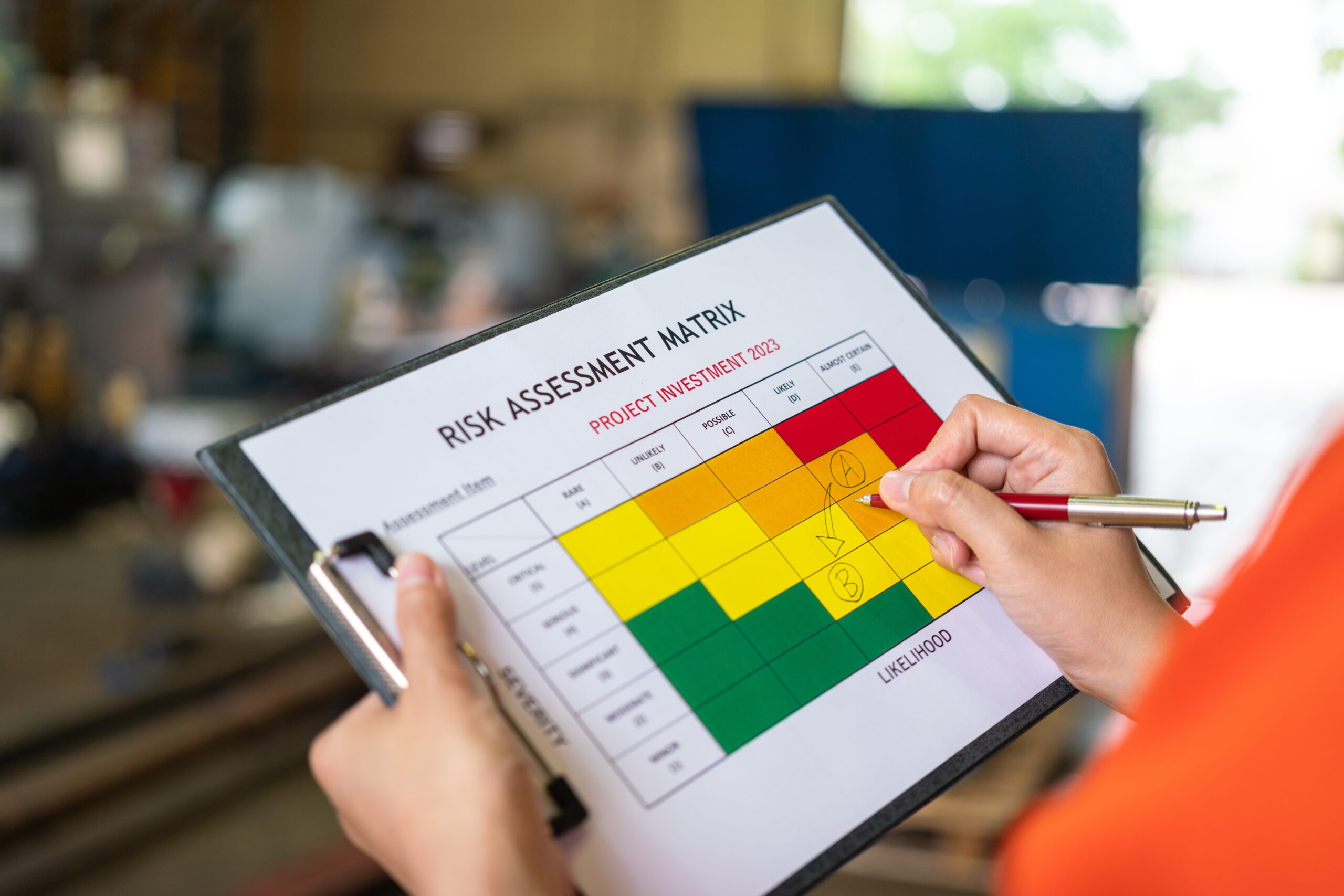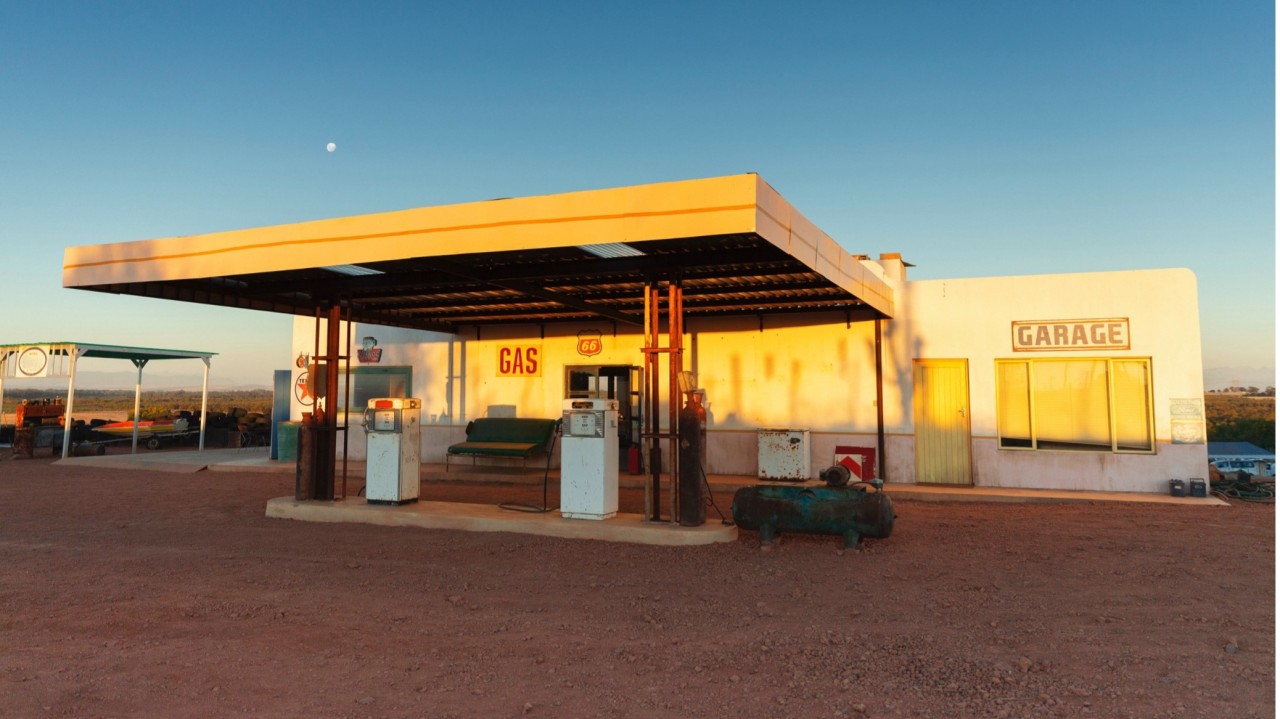Imagine you have a crucial business pitch scheduled at Hotel Triangle in Mbarara. You must be there tomorrow at exactly 9:00 AM, ready and confident to secure a transformative deal. This is your “objective at risk”—the cornerstone of your entire journey.
To ensure you attain your objective, you conduct a risk assessment – a disciplined process of identifying, analyzing, and evaluating risks that could prevent you from achieving your key [strategic] objective.
It’s asking yourself three clear questions:
- What could go wrong? (Risk Identification)
- How likely is it, and how severe would the impact be? (Risk Analysis)
- Which risks matter most, and what will we do about them? (Risk Evaluation)
Without clarity about what your “objective at risk” is—the ultimate goal you aim to protect—risk assessment becomes meaningless
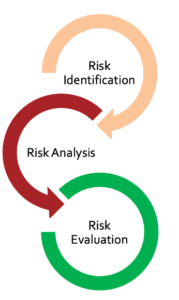
a) Risk identification
Before leaving Kampala, you ask:
“What could derail this journey?”
You quickly list: heavy morning traffic at Busega, road construction at Mpigi, a car breakdown near Masaka, fuel shortage at Lyantonde, and a potential accident along the way due to reckless drivers. As you can see, understanding context – the route and journey – is so critical. For that reason, the input of the driver (risk/ process owner) who frequently drives on the road would make your risk assessment effective and on point.
b) Risk analysis (5×5)
Next, you weigh these identified risks using a 5×5 matrix—measuring likelihood (rare to almost certain) against impact (insignificant to catastrophic):

Now you have quantified your threats clearly.
c) Risk evaluation and risk appetite
Your risk appetite sets clear boundaries on how much risk you are willing to tolerate.
Low appetite– You won’t risk anything catastrophic, no room for breakdowns, fuel shortages, or accidents.
Medium appetite– You cautiously tolerate moderate traffic delays, but only briefly.
High appetite-You’re comfortable risking minor delays and manageable inconveniences.
Given this, you conclude:
a) Traffic at Busega (15) and Roadworks at Mpigi (16) exceed your tolerance.
Action: Leave Kampala before dawn to avoid these risks.
b) Car Breakdown (10), Accident (10), and Fuel Shortage (5) are manageable with preparation.
Action: Service the car, carry spare tyres, refuel in Masaka, and drive cautiously.
Risk register example
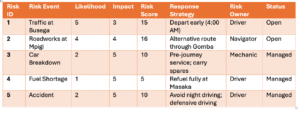
Note
Without clarity on your objective of arriving timely and prepared in Mbarara, your risk management is directionless, wasteful, and ultimately ineffective.
Risk management must always be guided by clear objectives.
If you don’t know where you’re going, no risk register, however detailed, can help you get there.
